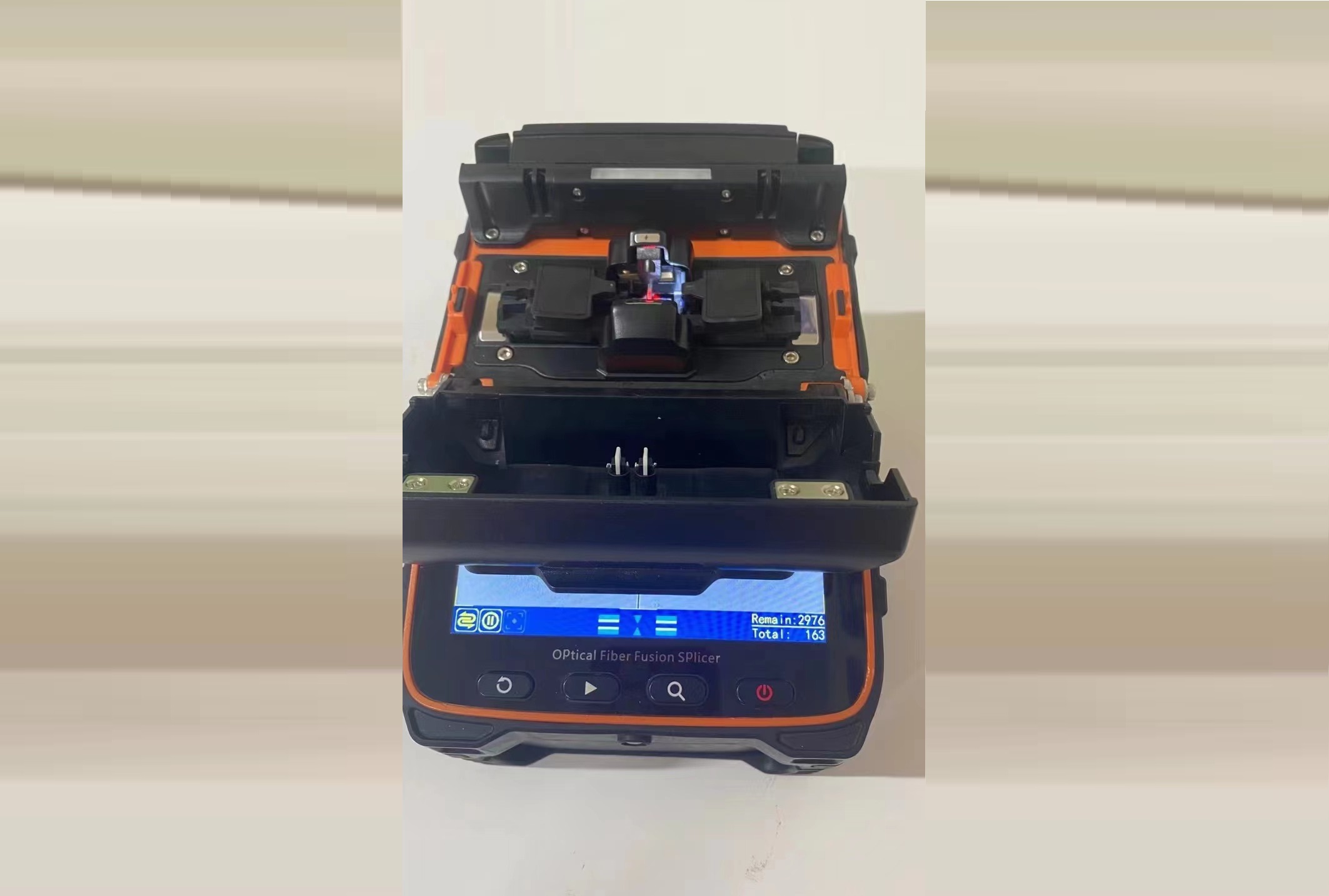- Sales SupportContact Sales
- Call us at: +(86) 15211074652
- Send us a email at: info@zr-fibercable.com
Key Points of Optical Fiber Fusion Splicing
Master the flat, stable and fast three-character fiber stripping method. "Ping" means keeping the fiber flat. Pinch the optical fiber with the thumb and index finger of the left hand to make it horizontal. The exposed length is preferably 5cm. The remaining fiber is naturally bent between the ring finger and the little finger to increase strength and prevent slipping. "Steady" means that the fiber stripping pliers should be held firmly. "Fast", that is, stripping the fiber should be fast. The fiber stripping pliers should be perpendicular to the fiber, and the upper direction should be inclined at a certain angle. Be natural and fluid, in one go.
Fiber splicing
The cleaning of bare fibers should be performed according to the following steps.
1) Observe whether the coating layer of the stripped part of the optical fiber is completely stripped off, and if there is any residue, it should be stripped again. If there is a very small amount of coating layer that is not easy to peel off, use a cotton ball dipped in an appropriate amount of alcohol, and wipe it off gradually while dipping.

2) Tear the cotton into flat fan-shaped small pieces, dip in a little alcohol (it is better to pinch two fingers together without overflowing), fold it into a V" shape, clamp the stripped optical fiber, and wipe along the optical fiber axis, and try to do it once Successfully, a piece of cotton should be replaced in time after being used for 2 to 3 times, and different parts and layers of cotton should be used each time, which can not only improve the utilization rate of cotton, but also prevent the double pollution of the fiber probe.
3) Cutting of bare fiber
Cleaving is the most critical part in the preparation of optical fiber end faces. A precise and excellent cutter is the foundation, and strict and scientific operating specifications are the guarantee. To complete effective cutting.
Cutter Selection
There are two types of cutters, manual and electric. The former is easy to operate and reliable in performance. With the improvement of the operator's level, the cutting efficiency and quality can be greatly improved, and the bare fiber is required to be shorter, but the ambient temperature difference is higher. The latter has higher cutting quality and is suitable for working under cold conditions in the field, but the operation is more complicated, the working speed is constant, and the bare fiber is required to be longer.
It is advisable for a skilled operator to use a manual cutter for quick cable connection or emergency rescue at room temperature; on the contrary, for beginners or when working in colder conditions in the field, it is advisable to use an electric cutter.
Code of Practice
Operators should undergo special training to master the essentials of action and operating specifications. First of all, clean the cutter and adjust the position of the cutter. The cutter should be placed stably. When cutting, the movement should be natural and stable. Don’t be heavy or anxious to avoid broken fibers, bevels, burrs, cracks and other bad end faces. In addition, learn to "play the piano", rationally allocate and use your right hand fingers, so that they correspond and coordinate with the specific parts of the cutter, and improve the cutting speed and quality.
Splicing procedure
Before splicing, according to the material and type of the optical fiber, set the key parameters such as the optimal pre-melting main melting current and time, and the amount of fiber feeding. During the welding process, the "V" groove, electrode, objective lens, welding chamber, etc. of the welding machine should be cleaned in time, and any bad phenomena such as bubbles, too thin, too thick, virtual melting, separation, etc. should be observed during the welding at any time, and attention should be paid to the tracking and monitoring results of OTDR. Analyze the causes of the above adverse phenomena in a timely manner and take corresponding improvement measures. If virtual fusion occurs many times, check whether the materials and models of the two optical fibers to be welded match, whether the cutter and the fusion splicer are polluted by dust, and check the oxidation status of the electrodes. If there is no problem, the fusion current should be increased appropriately.
7. Guarantee of the quality of optical cable connection
It is of great significance to strengthen the monitoring of OTDR to ensure the quality of optical fiber fusion, reduce the additional loss caused by the fiber coil and the possible damage to the optical fiber caused by the sealing box. During the entire follow-up work, the OTDR four monitoring procedures must be strictly implemented:
1) Real-time tracking and monitoring of each core fiber during the fusion splicing process to check the quality of each splicing point;
2) After each fiber reel, perform a routine inspection on the reeled fiber to determine the additional loss caused by the reel;
3) Before sealing the splicing box, conduct a unified test on all optical fibers to find out whether there is any missing test and whether there is any extrusion on the optical fiber and the connector between the reserved optical fiber discs;
4)After sealing the box, perform a final inspection on all optical fibers to check whether the sealing box has damaged the optical fiber.
You might be interested in
We use cookies to ensure that we give you the best experience on our website. By clicking on "Accept" or continuing to use this site, you agree to our use of cookies in accordance with our Cookie Policy .You can refuse the use of cookies here.
Accept

